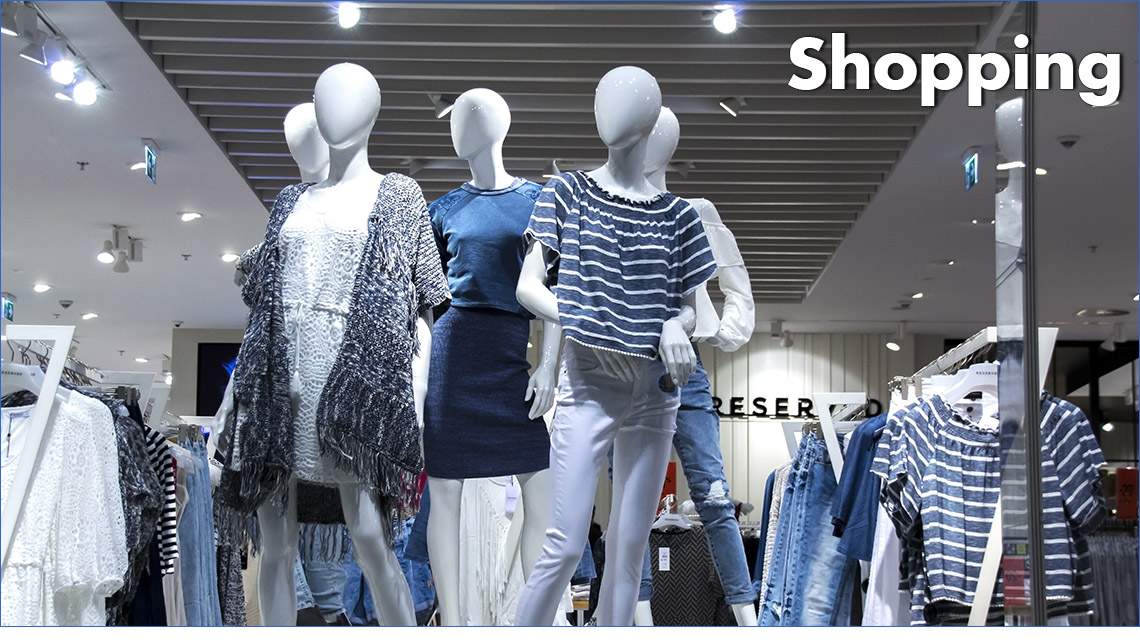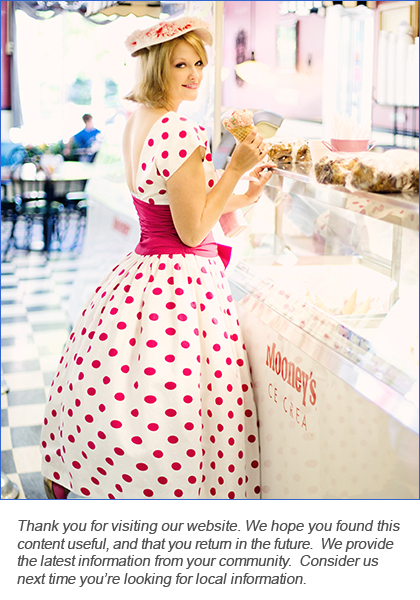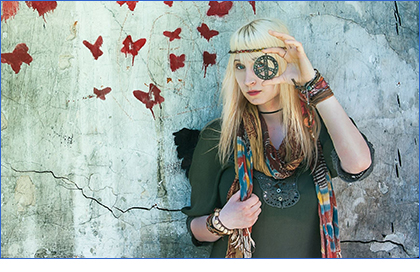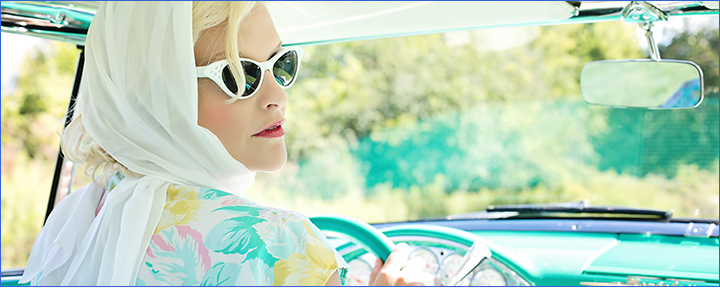Shopping Vintage Clothing
If you are a lover of all things vintage, then you probably have already started your collection of vintage clothing and accessories. I have been in love with the early 20th century for as long as I can remember — back when there was no such thing as a "man bun" and pants were actually worn on the hips or waist. I particularly like all things 1920’s, but I am fascinated with the styles of the 1910’s through the 1950’s. Loving the styles and the eras is one thing… trying to find clothing that fits from those eras is a whole different story.
The internet has made it a whole lot easier than it used to be to get vintage clothing or vintage-inspired clothing. There are some fabulous vintage shops online and Ebay can be a good source too if you know what to look out for. However, a lot of the shops are "vintage inspired" clothing. Still, there are quite a few good ones out there.
First, you need to really understand what was fashionable in the era you prefer. Different materials were popular and used during different decades. Researching materials and fashion trends will help you know what is truly vintage and what is being passed off as vintage. There is also a difference between true vintage style and costumes. I am very active in the theater world, and I love it when costume designers really do their research and fashion the costumes like the real things instead of going after the typical costume look; for example, the 1920s. When a typical unknowing person thinks of the 1920s, they generally envision fringe and glitter—the quintessential "gangster doll" with a feather boa and long cigarette holder. That isn’t even the tip of the iceberg for 1920s clothing. There is so much to that era’s fashion. A true historian and appreciator of history will know that there is more to the trends of the 1920s than just fringe.
In larger cities, it is easier to find vintage and antique shops that sell clothing and accessories. That doesn’t mean there aren’t any shops in smaller towns, but they are harder to find and the inventory isn’t changed over as much. However, oftentimes, if you get to know your storeowner, they will be happy to notify you if they get anything in that fits your style and time period.
Although it is often easier to buy things online, it is better if you are able to try on the clothes before you buy them. If you do order something online, be sure to really understand the fit of the item. Most clothing pre-1960 was cut and tailored to fit the individual. Mass manufacturing wasn’t as huge pre-WWII therefore clothing was made with skill and usually made for the person who purchased it first. Oftentimes, sizing will not even be on a tag in the clothing making it harder to gage the size and order it online. That doesn’t mean you cannot get wonderful things from Ebay, Etsy, estate sales, auction sites, online garage sale advertisements, or other retailers. It just means that you may want to investigate the seller’s return policy and reputation before you buy online. It’s also a really good idea to know your measurements if you are buying online. Sometimes, however, if you are perusing the estate sales, people will sell clothes by the box load and so you won’t know what you are getting. If you are buying from a website retailer, do not buy the article of clothing if the measurements are not listed.
Another reason for buying in person is that you have the opportunity to check the item over. Things to look out for are: odor stains, blatant stains that cannot be covered or removed; holes from insects, rips and tears that are beyond repair. It is also hard to see if the item has a bad smell if you are buying online. Some smells are really hard to get rid of such as mothball smells and pet urine. Those two smells are incredibly difficult to get rid of no matter what you try to do. Soaking the items in bleach or anything else can ruin them.
Once you receive your new items, don’t be surprised if you need to do a few alterations. Sometimes changing the whole look can be worth it. That said, if you are not skilled with scissors or a sewing machine, find a talented friend or a tailor to do the alterations.
Most importantly, do not get discouraged while you are vintage clothing hunting. It can be a daunting and frustrating task, but totally worth it when you find that one article that fits like a glove and makes you feel like a million bucks. Adding a few vintage pieces to your wardrobe can spruce it up a lot and make getting dressed in the morning a whole lot more fun!
Here is a breakdown of the different vintage eras:
Published: August 1, 2016
By: Phillip Gilliam






 ,
,